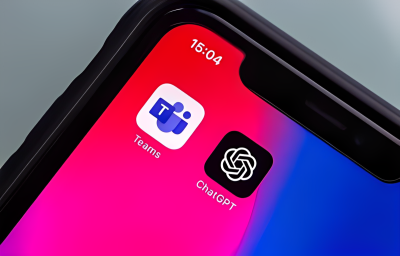Highlights:
- At this year’s Augmented World Expo in Santa Clara, California, Niantic announced updates to its browser-based AR platform 8th Wall and Unity-integrated Augmented Reality Developer Kit 3.0.
- In a recent announcement, Niantic revealed a strategic partnership with Qualcomm Inc., making them the inaugural provider of AR and XR headset compatibility. The collaboration will commence with Snapdragon Spaces-powered devices.
Niantic Inc., the creator of the popular augmented reality game “Pokemon Go” and the Lightship AR platform, has announced significant updates to its developer tools to enable deeper integrations and hardware compatibility to create extended reality software.
Announcements were made at this year’s Augmented World Expo in Santa Clara, California, augmented reality and virtual reality conference, which revealed updates to Niantic’s Augmented Reality Developer Kit 3.0. It integrates with the Unity game engine and extensions to 8th Wall, the company’s browser-based AR platform.
ARDK enables developers to create inventive and immersive augmented reality (AR) applications that use the cameras on mobile devices and headgear to alter what users see. Augmented reality seamlessly merges real-world visuals captured by the camera with computer-generated graphics, creating an immersive experience that tracks user movement and enables interactive engagement through gestures and actions.
With Lightship ARDK 3.0, Unity developers can integrate Niantic’s AR features into Unity’s AR Foundation extended reality developer library. AR Foundation is an AR engine with fundamental elements from the entire augmented reality ecosystem, such as device tracking, point clouds, plane tracking, and anchors. Lightship developers will be able to include Niantic’s own semantic segmentation, mapping, occlusion, meshing, and other features with the addition of ARDK’s capabilities.
Lightship Maps will also be made available for Unity, allowing developers to use the same main maps used by Niantic in titles such as “Pokemon Go” and “Ingress.” Using the updated Lightship Maps SDK, developers can connect new and existing games to the real world and provide missions and additional game mechanisms that respond to the player’s location.
In the recent announcement, Niantic revealed a strategic partnership with Qualcomm Inc., making them the inaugural provider of AR and XR headset compatibility. The collaboration will commence with Snapdragon Spaces-powered devices. The company announced Snapdragon Spaces, a cross-device software development tool and an open development ecosystem for head-mounted XR devices.
Qualcomm will be the first of ten AR companies to gain access to the Visual Positioning System, Niantic’s precise and persistent world mapping system, in its headsets.
8th Wall Adopts Extended Reality Headsets
Using the 8th Wall platform’s Metaversal Deployment service, developers who use AR on web with WebAR can now have their consumers enjoy their content on mixed reality and extended reality headsets. It permits developers to create and deploy one to any device, whether a flat screen or wearable headset.
Metaversal Deployment now supports Meta Quest Pro and Meta Quest 2 in addition to Meta Quest.
To honor this, Niantic created “Wol,” its first mixed reality experience powered by the 8th Wall. Wol is an artificial intelligence-enabled owl that converts the user’s environment into a redwood forest and converses with them.
Wol is a northern Saw-whet owl that has spent its entire existence in a forest and joins the player via a conduit. AI propels the owl and can converse naturally with the user about the vegetation on the forest floor, the trees, and other animals.
Tom Emrich, director of product management at Niantic, said, “The web is a powerful place for augmented reality, and we are excited to highlight how the 8th Wall platform can be used to create browser-based content that works across devices, including smartphones and mixed reality headsets.”
The experience was developed using technology from Inworld AI, a developer platform for AI characters that employs machine learning and character AI models to generate human-like personalities with contextual awareness and user-question responsiveness. This technology allows Wol to respond to queries, deliver jokes, and perform songs on demand.
In March, Niantic began investigating the use of generative AI — the same technology that powers OpenAI LP’s chatbot ChatGPT — in its WebAR experiences with a group of developers through its Innovation Labs. According to the developer, introducing Wol’s comparable technology is only the start of augmented reality experiences.














